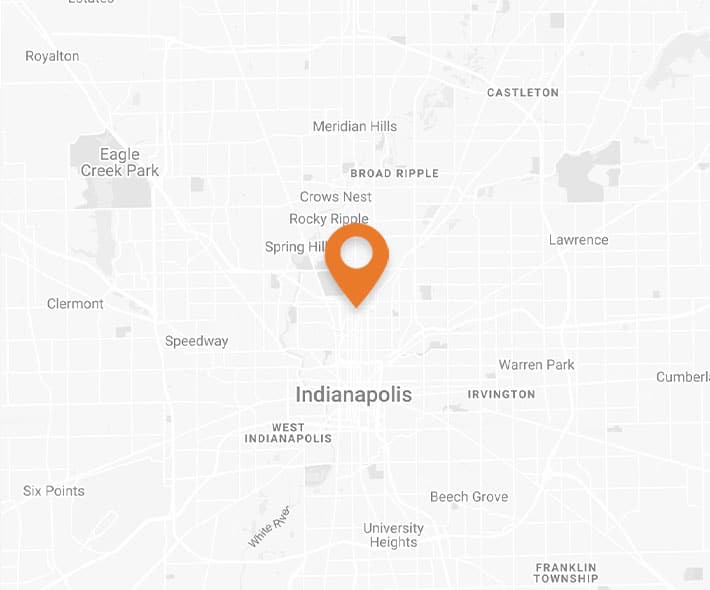What You Need to Know About Filing a Cerebral Palsy Claim
Updated March 26, 2021 | By Wilson Kehoe Winingham staff
There are circumstances in which a child is born with avoidable cerebral palsy. In these cases, the doctor was negligent in one way or another, and it resulted in brain damage. Each negligence case is different, but cerebral palsy can result from the overuse of equipment such as forceps or vacuums during birth. In other negligence cases, the cause of the disorder can be an undiagnosed infection while the child is in the womb.
Cerebral palsy lawsuits are a type of medical malpractice that applies specifically to negligence. This article will cover three main parts of cerebral palsy claims: filing a claim, proving your case, and securing compensation and settlements.
Filing a Cerebral Palsy Claim
Being unsatisfied with medical care doesn’t qualify for a medical malpractice case. The point of filing is to receive the compensation necessary to provide the affected child with adequate care.
It is an expensive endeavor to raise a child with cerebral palsy. They usually require lifelong care, including rehabilitation and special education.
Costs of Filing a Cerebral Palsy Claim
Most cerebral palsy attorneys will operate under a contingency fee, which means that you don’t pay unless you receive compensation. What you do pay the attorney is a percentage of the total value awarded to you. The total value will be negotiated by your lawyer with the opposing party.
Proving Your Cerebral Palsy Case
Brain injuries are complex. Proving any case can be time-consuming. Here are two main points to consider if you think you may have a cerebral palsy case:
- Doctor-patient relationship
- Whether or not a doctor’s negligence caused an injury
Doctor-Patient Relationship
A doctor-patient relationship is a relationship in which both parties have agreed to their respective roles.
For example, if you are in a doctor’s office and sign waivers, you are agreeing to be the patient in the relationship. Being the patient means putting your wellbeing in the hands of the medical professional.
Doctor’s Negligence
As far as cerebral palsy medical malpractice is concerned, proving a doctor’s negligence can be tricky. It is important to note that the negligence caused an injury. If the doctor accused of being negligent caused no harm, there is no case to be had.
Examples of negligence include:
- Lack of monitoring a mother’s health during pregnancy. If the doctor fails to either notice an infection or notify the mother of the abnormality, then the parent or guardian of the affected child can specify that the doctor was negligent
- Improper use of medical equipment during birth. Overusing forceps or a vacuum extractor can cause harm to the infant’s skull, causing brain damage
- Failure to identify that the umbilical cord is wrapped around the child’s neck during birth. This can cause brain damage quickly, as the oxygen supply is compromised
Securing Compensation and Settlements
Financial compensation for cerebral palsy covers medical care, loss of wages, therapies, and other costs associated with care. Indiana has a compensation cap of $1.25 million per individual per case. This cap value varies by state, some states having no cap at all.
Court vs. Settlements
Settlements are almost always faster than a lawsuit. At any point during or before a case, involved parties can skip the headache of court and go right to a settlement instead. However, seeking a settlement clears the defendant of any liability thereafter.
Contact a Birth Injury Attorney Today
If you believe you have a cerebral palsy lawsuit on your hands, contact the Indianapolis Birth Injury Attorneys of Wilson Kehoe Winingham. The lawyers at WKW can help you get the compensation you deserve. Call 317.920.6400 or fill out an online contact form for a free, no-obligation case evaluation.
Contact Us
Let WKW put our experience to work for you. Contact us for your free case evaluation.
Or, call us today at (317) 920-6400


